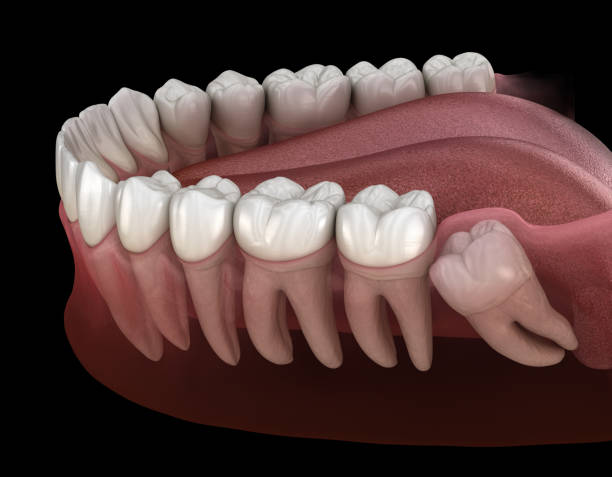Last Updated on: 19th December 2024, 10:40 pm
Many dental problems can only be solved through tooth extraction. Although it may seem a drastic procedure, it should not be a traumatic event since nowadays it is a simple procedure that can be the best solution to many dental diseases.
Dental extractions are recommended and necessary when the damage to a tooth is severe, infected, has suffered some trauma, and can’t be repaired by any other treatment. Sometimes it’s done when the patient’s condition represents a danger to their oral health or trying to prevent more serious problems such as the deterioration of other teeth.
4 Reasons for Dental Extractions:
In addition to cavities and trauma, tooth extractions are indicated in the following cases:
Wisdom teeth

Wisdom teeth pain is typical. There are times when the pain is intermittent, that is to say, the patient feels discomfort from time to time, and many other times the pain is unbearable. Besides, wisdom teeth are often removed because they can damage the rest of the teeth. This is because the mouth does not have enough space for them and they can cause the rest of the teeth to become misaligned, causing irritation of the gums and the impossibility of proper daily hygiene.
Periodontal gum disease

Periodontitis is a disease of the gums and tissues that support the tooth, which causes teeth to become loose and painful when biting or chewing. In cases where the disease is very advanced, dental extraction will be chosen.
Orthodontic

Some orthodontic treatments require the extraction of one or more teeth due to a lack of space to achieve better alignment and avoid crowding the remaining teeth. In this way, functional and aesthetic problems are avoided.
Broken teeth

A tooth can fracture for multiple reasons. From a strong impact to something as simple as a bad bite. If the damage is irreversible, it is best to have a tooth extracted so that issues resulting from a broken tooth, such as tooth sensitivity from eating and drinking, bacterial lodging, and deformation of healthy teeth can be avoided.
Types of Tooth Extraction
There are two types of dental extractions: simple and surgical.

In both cases, the dentist uses local anesthesia for that procedure so it does not cause you pain. It is very important to pay attention to the post-treatment care that must be carried out to have a proper recovery, reduce infection, and control pain.
- Simple Dental extractions: It is a procedure for teeth that are visible and easily accessible. Mainly it’s a very fast process, which only takes a few minutes, and for which a tool called a forceps is usually used.
- Surgical Dental Extractions: It is a more complex procedure, indicated when a tooth is not accessible and is impacted, or is broken under the gums. It’s also necessary for more complicated cases such as curved or tangled roots. It requires a small incision in the gum and sometimes, it is necessary to extract part of the bone around the tooth or cut the tooth in half to extract it.
Contact Us
Therefore, you must put yourself in good hands and choose a specialized dental clinic. At Channel Islands Family Dental Office, we have the best professionals to make your treatment safe and painless. Call us with any questions or concerns you may have or visit any of our Affordable Dentists in Ventura, Oxnard, Newbury Park, and Santa Paula. We are here to help you.



